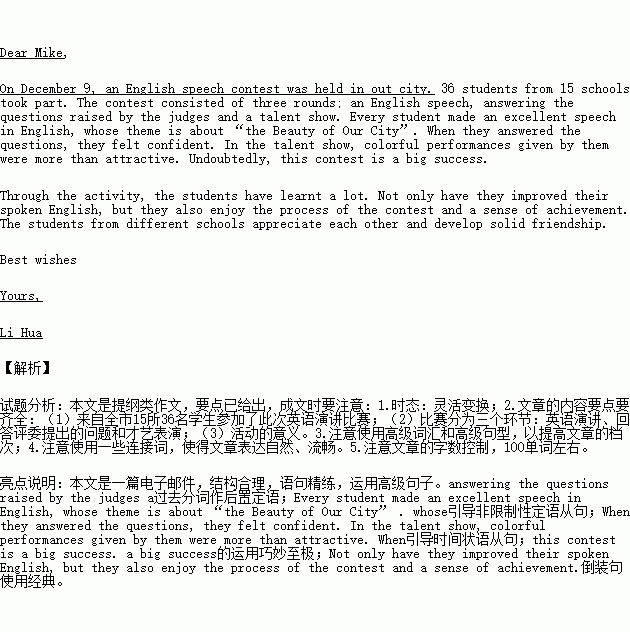The new two-child policy is making job hunting more difficult for women when about 40 percent of them said they were asked whether they planned to have a second child during job interviews, according to a report in Chongqing.
China dropped its decades-long one-child policy in October and allowed each family to have two children. The country now has about 270 million married women of childbearing age.
This change has put millions of career women in a dilemma between family and career. Employers also face big challenges as more female workers will have two childbearing leaves, seven to eight months altogether.
A human resources website www.job.cq.qq.com conducted a survey among 500 employers and 5,000 job seekers about how the two-child policy affects the job market.
Though two thirds of employers said the policy would make no difference to their recruitment(招聘), the survey showed that more than 70 percent of job seekers believe that bearing a second child will make women less popular in the job market. Forty percent of employers said they will give priority to married women with two children, according to the survey.
Lin Xia, 29, quit her job after giving birth to her first child. She is now preparing to return to work. After several inquiries at a job fair, she found that the employers are concerned about future birth plans. "I thought it would be easier to find a job after giving birth," she was quoted as saying by the website. "I had to answer whether I will have a second child before I could get a chance for a job interview."
Liang Siqi, 23, a college graduate, said although employers did not ask her the child question yet, she will not plan to have two children. "It (having two children) will definitely affect my career and personal life, so I will have only one," she said.
Zhou Jiansong, who is in charge of human resources at a large private high-tech group in Chongqing, said the company will discuss birth issues with interviewees in order to make a better work plans. "We fully respect a women's right to bear a child or two," he said. "But you don't want them to go on a childbearing leave soon after they join your company." The experts expect more labor dispute cases concerning childbearing leave rights when bearing a second child in future.
1.As for the influence of the new policy on working women, which of the following is TRUE?
A. They will find it more difficult to ask for a leave in a company.
B. Most of them will be forced to choose to have two children.
C. Many of them will stay at home instead of working outside.
D. Those who have two children may find it easier to get a job.
2.In the opinion of Zhou Jiansong, what will employers probably do when interviewing women interviewees?
A. They will pay no attention to women’s right to have a child or two.
B. They will let women interviewees make a future plan.
C. They may hope to know more about women interviewees’ childbearing plan.
D. They may expect more labor debate cases about interviewees’ second-child plan.
3.What can we infer from the report in the passage?
A. All the women surveyed in the passage are married.
B. The women bearing a second child get the same chance as before to get a job.
C. About 70 percent of the women were asked whether they planned to have a second child.
D. Bearing a second child affects the women’s career to some degree.
4.What is the writer’s attitude towards the new two-child policy?
A. Positive.B. Neutral.C. Indifferent.D. Critical.

